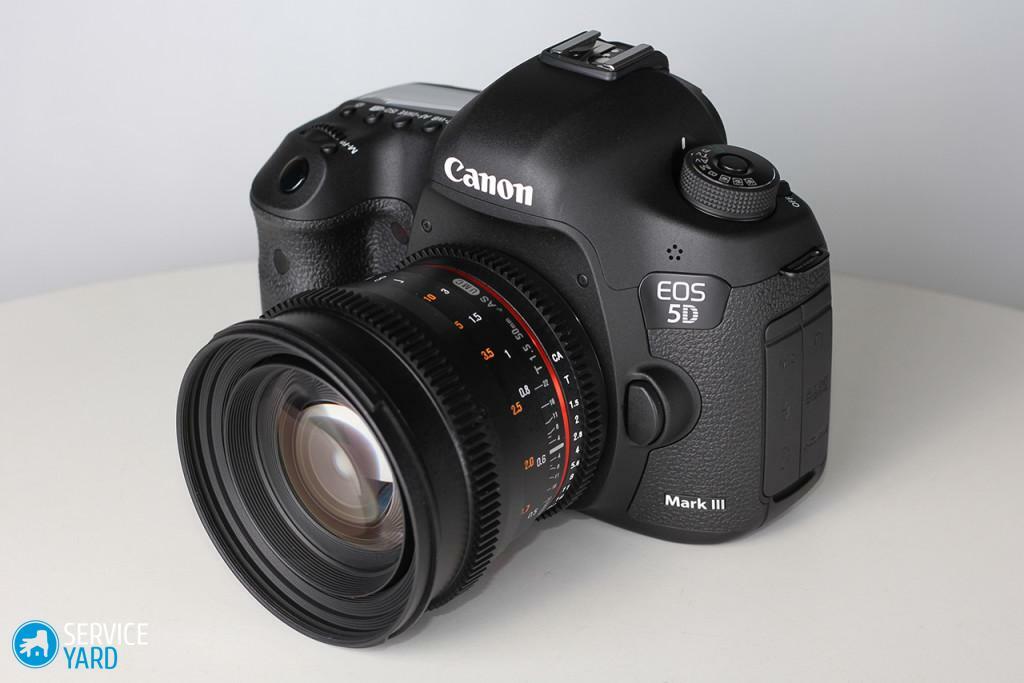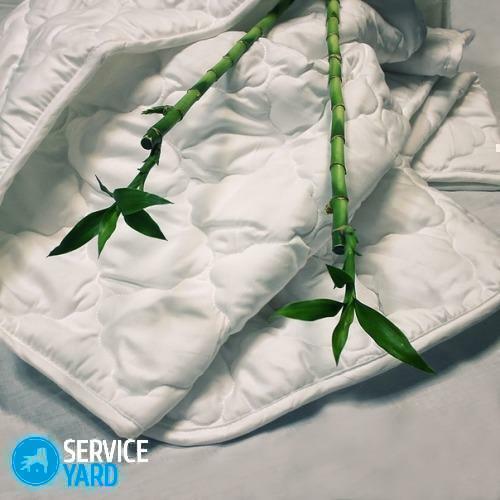
- Features of upholstered furniture
- Renewing an old sofa with your own hands
- Stretching old furniture - order of actions
- Tips and tricks
Interior is always equipped with upholstered furniture. It is practical and incredibly convenient. But over time, the appearance of the sofa deteriorates. The fabric loses its rich color, stretches. Due to constant use, on the couch can appear various dirt and stains. Often, mechanical damage to the upholstery: tears, holes, cuts or scratches. There is a natural question: how to update the old sofa? How to do it at home?
to the table of contents ↑Features of upholstered furniture
The peculiarity of upholstered furniture is its constant operation. The sofa can be designed not only for sitting, but also for sleeping. With constant contact, friction and use, first of all, the upholstery fabric of the sofa suffers.
Important! It is possible to distinguish several elements of upholstered furniture, on which the material is most useless: seats, armrests and pillows, if equipped.
to the table of contents ↑Renewing the old sofa by oneself
By and large, there are only three options how to update the sofa:
- Buy a new one. This method implies the presence of certain funds, most often considerable.
- Use the services of a qualified technician. Of course, the work will be done quickly and qualitatively, but the cost of such services is also high.
- Restore it with your own hands.
If the first two methods are all very clear, then we will consider in more detail how to update the sofa at home.
Bedspreads, blankets and decorative pillows
In addition to solving problems with the upholstery of the sofa, a blanket or blanket will create an additional comfort in the room. They can be easily purchased in any home textile store, the benefit of the assortment is simply enormous.
Important! Before you go for a purchase, be sure to measure the back of the couch to choose a coverlet in size.
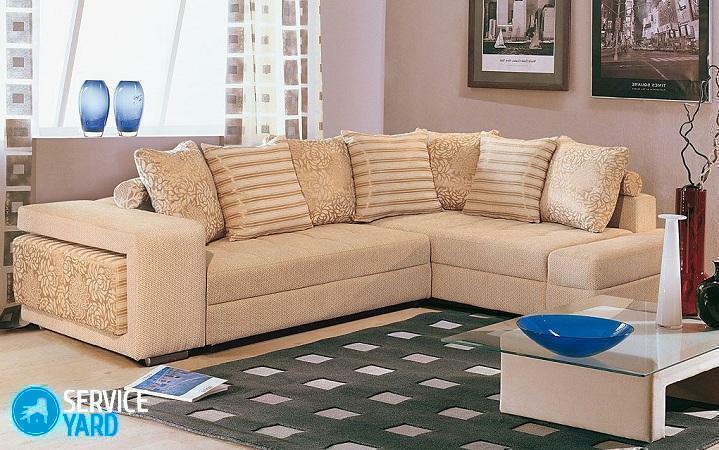 You will find a variety of these soft accessories: various materials - from air to dense, all kinds of drawings and ornaments, a wide palette of colors. You are sure to find something special and suitable for yourself!
You will find a variety of these soft accessories: various materials - from air to dense, all kinds of drawings and ornaments, a wide palette of colors. You are sure to find something special and suitable for yourself!
Important! All these elements of textiles will be able to cope in the event that the shortcomings on the surface of the sofa are located so that they can be covered. For example, backrest or seat. If any problems are on the armrests - then they become powerless.
Sometimes you can make covers yourself. Some mistresses sew plaids, and some needlewomen even knit or create them in the patchwork technique, that is, a patchwork cloth.
Decorative cushions will help hide only the defects located on the back of the sofa. However, they perfectly complement the composition with a rug, and the sofa will acquire a completely new and stylish look.
Important! The downside of this simple method is the regular straightening of the bedspread and the placement of the pillows in places. And if the sofa is used for sleeping, then all the elements will need to be constantly collected.
Thus, this is the easiest and inexpensive method of updating the sofa. In addition to solving the main problem of camouflaging shortcomings, textile elements add comfort and warmth to the room, and also effectively complement its interior.
Cases
Another quick and budget way to update an old sofa.
Finished covers are also sold in stores, but they are suitable only for standard models. If the dimensions of your furniture do not allow you to buy a finished product, then you should contact a specialized studio or firm to tailor the covers.
Important! The cover will help you hide any flaws and defects in the upholstery of the sofa. And they can be removed and washed - regular care will keep a clean and neat look for a long time.
Thanks to removable covers you not only can update the sofa, but also refresh the overall appearance of the room.
Binding
This is a more serious solution, requiring small amounts of money, effort and time. But it is super effective!
If you decide to change the upholstery of the couch yourself, be prepared for some difficulties in the process:
- The design of the sofa can be difficult for self-dismantling.
- Development of a sofa pattern with difficult geometric shapes.
- If the furniture is used for more than 7 years, most likely, an upgrade will be required and its skeleton.
If for the first time you will perform such works, we advise you to carefully study how to update the upholstery of the sofa with your own hands. Below we will consider this process in more detail.
to the contents ↑Stretching old furniture - the procedure for the operation of the
Before proceeding to the constriction, carefully study the components of the sofa.
Important! The sofa consists of a skeleton, a sealant and an upholstery. Details of the furniture are the backrest, seat, sidewall and additional elements such as fittings, pillows, etc.
Materials and tools required for the operation of the
The couching of the sofa is a painstaking process, and the versatile work requires a large number of tools and materials.
So, to update the sofa at home you will need:
- Hexagon keys.
- Various screwdrivers: flat and cross-shaped.
- Furniture nails.
- Matching threads.
- Scissors.
- Sewing machine.
- Marker or chalk.
- Building stapler.
- A shoe hammer.
- Side cutters, pliers and pliers.
Important! Prepare all the necessary equipment in advance so that you will not be distracted from work afterwards. It is most convenient to fold it in one place, for example, a tool box. Thus, the necessary items will always be at hand.
Choosing the fabric upholstery for the sofa
If you decide to upgrade the sofa, it is important to choose the right fabric for the upholstery. Think not only about the reliability of the material, but also about the color and pattern of the coating, its texture. An updated sofa should harmoniously fit into the overall interior of the room. For a long service life, the material must withstand the daily stresses and strains.
Important! Determine the size of the budget, because, in the first place, the choice of the upholstery to be purchased depends on it.
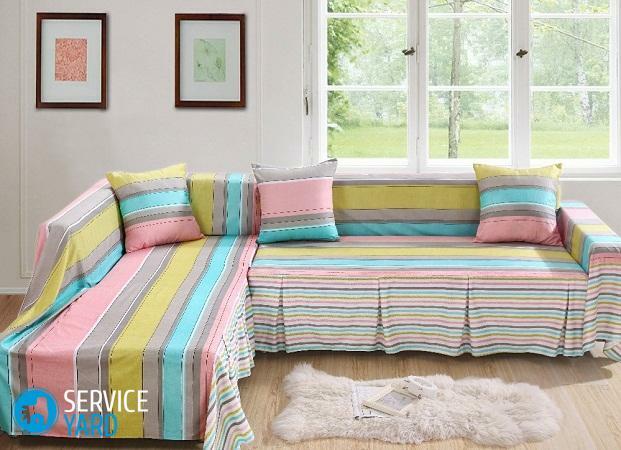 At present, the range of furniture fabrics is very wide:
At present, the range of furniture fabrics is very wide:
- A huge variety of colors, tonalities, patterns and patterns.
- The large price range makes it possible to purchase upholstery for your wallet.
- Various additional features: washable, smooth or pile surfaces, etc.
Material selection rules
To make the right decision for a particular fabric, you will find some tips and recommendations:
- No odor. So, often a persistent fragrance has leatherette, and if, in addition, the upholstered furniture is in a small room, then the smell will also concentrate in the room.
- The material should not shed.
- Unsuitable options for upholstery are coarse and synthetic fabrics. They quickly and strongly stretch.
- Pay attention to the lint of the fabric. It should be strong, and when designing a material it is important to take into account its direction.
- Drawings and patterns. If the pattern on the fabric is shallow, then its consumption will be less than when using fabrics with large or geometric figures.
- Try to combine fabrics with each other. This will give your couch a contrast and exclusivity.
Common types of upholstery
So, what materials can you look at in the first place? Which ones have already proven themselves as excellent furniture fabrics?
- Cotton tapestry. Natural cotton fabric.
- Jacquard. This material consists of equal parts of natural and synthetic fibers. In appearance and touch, this fabric is similar to artificial silk.
- Velor. The composition of this fabric includes several components: cotton, polyester and viscose. The velor has a pleasant velvety surface.
- Flock. Fabric made of polyester, but with a content of natural cotton - about 35%.
- Microfiber. Synthetic fabric, which is based on polyamide and polyester.
Important! All these materials are of excellent quality and are perfect for upholstery of a sofa. They are durable and durable, unpretentious in their care and look great!
Preparatory operations: dismantling, checking of springs
The process begins, of course, with the disassembly of the sofa. To dismantle it follows:
- First of all, we release the sofa from the overhead elements and decor: backs, pillows, padded stools, etc.
- Then unscrew the sidewalls, legs, backs and seats.
- Also dismantle sliding mechanisms and fixation elements.
- Remove the upholstery.
- After you have dismantled your sofa, inspect the springs, if any.
Important! Springs in the process of use can often fail: weaken and wear out. Repair they are not subject to, they need only be replaced.
- If the sofa is not a spring, but with a filling, then check its condition. Most often this is foam rubber, which does not differ in long service life. If you undertook such large-scale measures to restore the old sofa, it is better to replace the filler, even in spite of its appearance.
Important! Instead of foam rubber, you can use more reliable modern materials. For example, latex or polyurethane foam. They are durable and perfectly retain their shape.
We turn to the pattern of the upholstery elements
This stage may seem the most difficult, but - no! After all, the template for the previous details of the sofa cover. Therefore, remove them neatly.
What should be taken into account at this stage?
- Cut on a flat surface, you can on the floor.
- Thoroughly straighten the material.
- When cutting, make an allowance of 5 cm at the edges. Cut out the contour with sharp scissors.
- Uncover all the elements, sew them together.
Important! Pay attention to the cloth pattern and the direction of the pile.
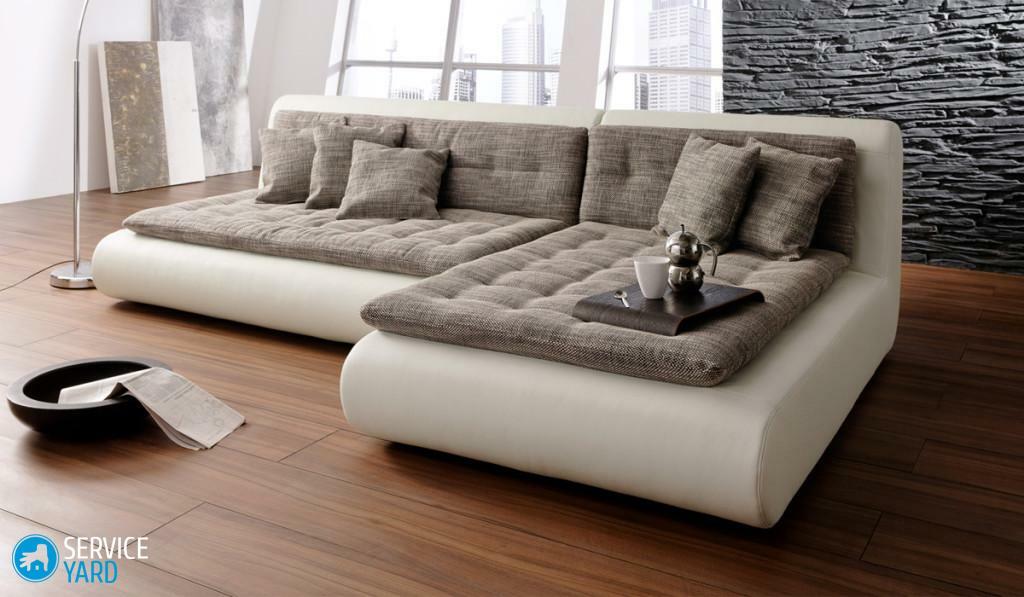 Thus, we have finished the preparatory activities, the purpose of which is to update the upholstery of the sofa with our own hands.
Thus, we have finished the preparatory activities, the purpose of which is to update the upholstery of the sofa with our own hands.
Restoration of the frame and other elements of the
After you have dismantled the sofa, be sure to assess the condition, worn out frame structure of the sofa:
- If there are damages, they are repaired or replaced with a new part.
Important! Check the reliability of the fasteners.
- If necessary - draw a constriction of individual elements: sidewalls, back. Giving resilience to the updated details can be fittings: buttons or rivets.
- Inspect the back of the sofa, if necessary - replace with a new one of plywood, covering it with a cloth.
Important! You can update the wooden frame by simply painting it in a new color.
Next, you are waiting for the final stage of the restoration.
Assembly and installation of
The following steps are waiting for you at this stage:
- Direct fixing of upholstery. Place the elements on the places where the previous corresponding parts were previously located.
- Attach the fabric to the frame using a hammer, building nails or a mounting stapler. In this case, the edges are folded inward. The optimum distance between the clamps is 3-4 cm.
Important! Tighten the fabric during the fixation, so that it snugly, tightly fitting the base.
- Filling of the filler. From the type of filler that you use, there are two possible ways of laying it: during the fixation of the fabric on the part or when the upholstery is almost attached.
- Assembling the elements of the sofa. It is carried out in the reverse order of the dismantling process.
- The final stage is the installation of minor parts. It can be legs, removable cushions, rollers, decor elements.
And here's the long-awaited result achieved! And most importantly - you were able to update the sofa yourself. Agree, this effect is even more pleasant.
to the contents ↑Tips and tricks
First of all, make a strict assessment of the condition of your sofa. In the absence of mechanical damage to the upholstery, the carcass, perhaps, all the same, it will be possible to do just a thorough cleaning.
Important! Use a washing vacuum cleaner, a sponge or a brush, special stain removers, detergents for upholstery materials.
If not, then the following tips will help you to make restoration as efficiently as possible:
- In the absence of experience, test your strength on a simpler subject. You may be approached by a chair or chair. Material choose inexpensive.
- During dismantling, as well as constrictions, fix all the actions with a camera or a video camera. In the future, this will help you to properly assemble the sofa.
- When removing the upholstery, use extreme caution. All the elements you need for the patterns.
- Restoration is advised to be carried out with a regularity of 5-10 years. It is during this period that the fabric wears out.
- Use simple patterns, do not complicate your work. Also, do not experiment in combining several tissues.
Well, you also learned how to update an old sofa. Depending on his condition, you are waiting for a simple solution to the problem or a more painstaking approach. In any case, following our advice, recommendations, you will certainly be satisfied with the result. The old sofa will be transformed and will please its appearance.

